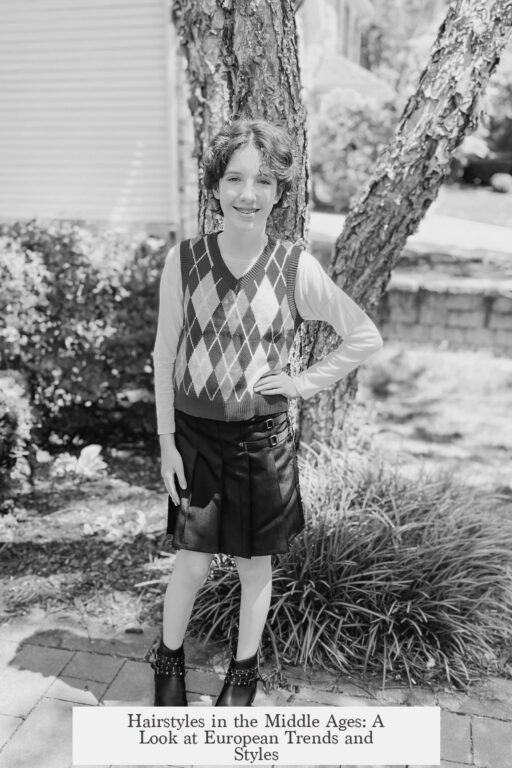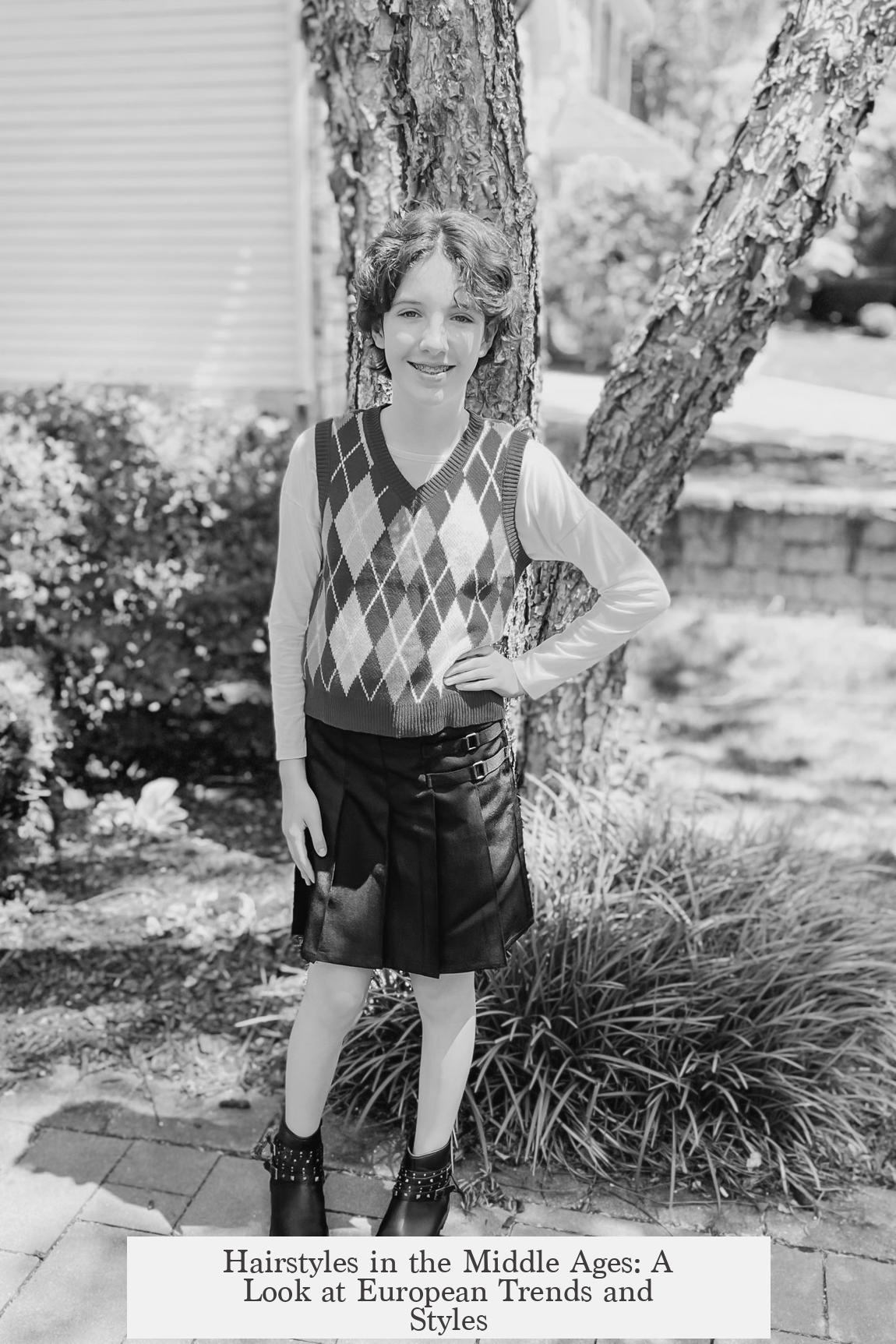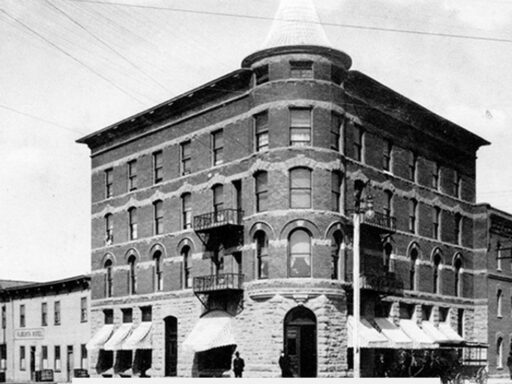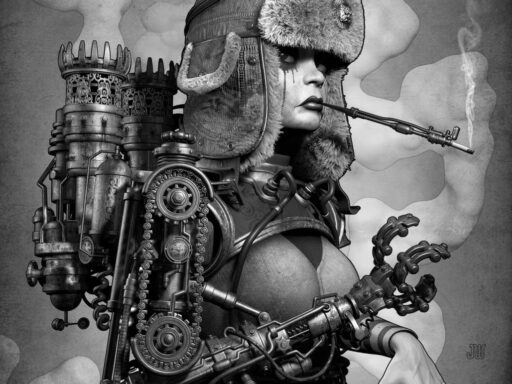Hairstyles in the Middle Ages throughout Europe reflected slow shifts rather than rapid trends, emphasizing social status over fashion. Men’s hair ranged from jaw to shoulder length, often wavy or curled at the ends. Women’s hair was longer, styled to indicate marital status, combined with varied head coverings.
During the High Middle Ages (1000-1300), hairstyles changed gradually. Fashion as a concept was limited; clothing and dyes conveyed status more than haircuts did. Men typically wore hair that varied in length through the period—shorter early on, growing longer by the end. Hairstyles showed natural waves or curls, with some adding short curled bangs or uncovered hairlines.
Lower-status men usually covered their hair with simple white coifs—close-fitting caps tied under the chin. This practical accessory showed modesty and rank. Middle and upper-class men added hats featuring short crowns or turned-up brims over these coifs. Woolen hoods attached to cloaks were common and varied in length and style.
Women’s hairstyles were longer and more varied. Unmarried women commonly wore their hair down in tight waves or curls. Married women pinned hair up low at the back, often covered by coifs or veils—symbols of maturity and respectability. Over time, women began wearing additional headdresses such as the fillet (a raised circlet) and the barbette (a fabric strip passing over the head and under the jaw).
These items could be worn together or layered with coifs and veils, creating distinct looks linked to social norms. The barbette and fillet combination provided both a stylish appearance and social signalling. Head coverings often indicated marital status, age, and class.
| Aspect | Men | Women |
|---|---|---|
| Hair Length | Jaw to shoulder length, wavy/curl at ends | Longer, wavy or curled |
| Common Styles | Short curls or uncovered hairline | Down (young/unmarried), pinned up low (married) |
| Head Coverings | White coifs; hats; woolen hoods | Coifs; veils; fillets; barbettes |
Hairstyles expressed social hierarchy more than personal fashion. Men’s hair and coverings suggested class, while women’s styles and layering of fabrics reflected marital status and propriety. These traditions held steady over centuries, moving gradually as society evolved.
- Hairstyles changed slowly without fast trends.
- Men’s hair was shorter, often covered by coifs and hats.
- Women’s hair was longer, signaling age and status with styles.
- Head coverings were essential accents for both sexes.
- Social rank dictated style and use of dyes or fabrics more than haircut.




